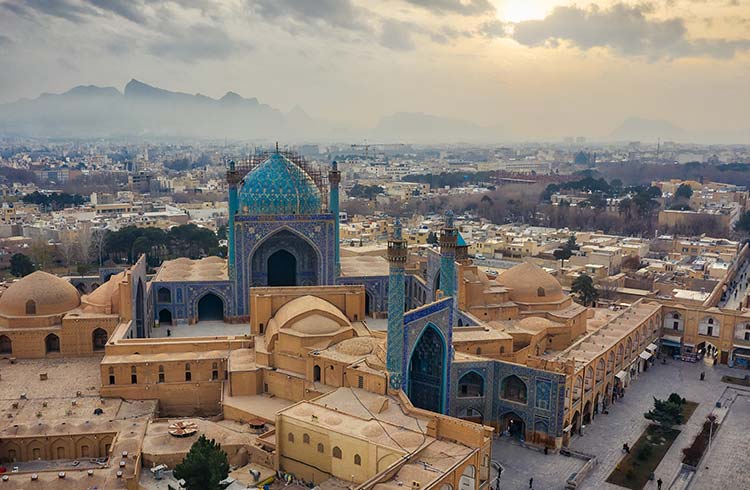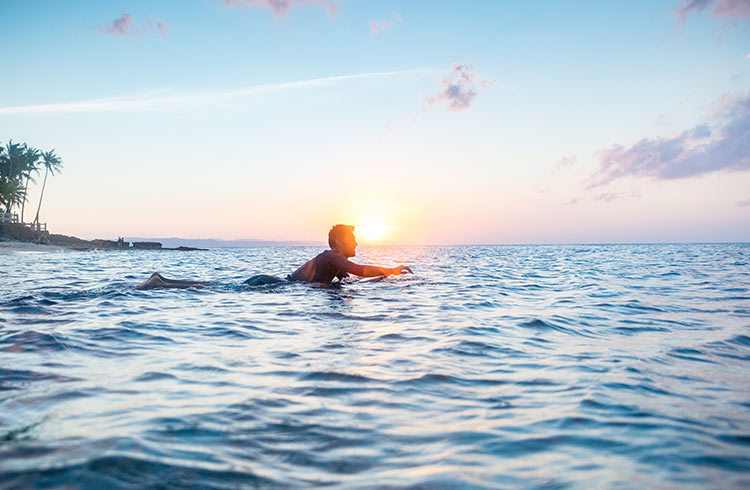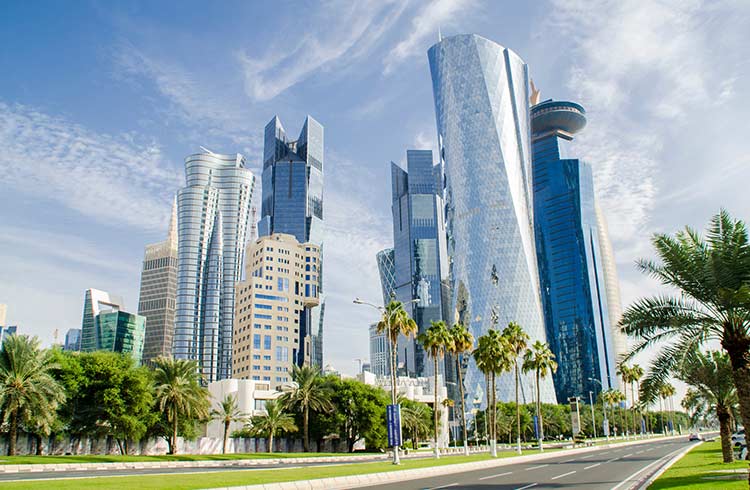Is Iran Safe? 5 Essential Travel Safety Tips to Consider
Is Iran safe to visit in 2020? Our safety expert takes a look at health, political tensions, weather, earthquakes and safe transport in Iran.
 Photo © Getty Images/Lukas Bischoff
Photo © Getty Images/Lukas Bischoff
- Political tensions in Iran
- Weather in Iran
- Can I drink tap water in Iran?
- Earthquakes in Iran
- Getting around Iran safely
1. Political tensions in Iran
Tensions between the US and Iran are volatile following the US drone strikes that killed Iran's top general in Baghdad on Friday, 3 January 2020.
Since the US attack on Iran, several government travel advisories have raised their level of advice from 'Exercise increased caution' to 'Reconsider your need to travel' or 'Do not travel'.
The Australian Government's Smartraveller website says, "If, despite our strong advice, you decide to go to or stay in Iran, monitor media for possible threats. Keep in close contact with family and friends."
For US citizens, the Government's advice is strictly 'Do not travel'. If you choose to travel against the advice of your Government, your travel insurance may not cover you.
The UK Government also advise against all travel to Iran.
It is unclear if tensions will rise or dwindle in the coming months. Stay up to date with news on the situation, but if you have an upcoming trip, it might be time to cancel your plans or make significant changes for your own safety.
Do not travel to the border areas with Iraq, Afghanistan and Pakistan
Be aware that several government travel warnings have placed the border areas of Iran with Iraq, Afghanistan and Pakistan under a "Do Not Travel" warning. The Iran-Iraq border area is extremely dangerous, and travelers are advised not to go here.
2. Prepare for the weather in Iran
Iran is a big country, and is the eighteenth largest in the world. It’s no surprise that a country this size has a huge amount of variety in landscapes and weather. Iran is flanked by a large mountain range on its western side. The mountains are so high they stop rain from reaching the east, where there are not one, but two deserts. Then there's the Persian Gulf coast where the water's warm enough to poach fish. But the north along the Caspian Sea is covered in dense rainforest.
Temperatures at different ends of the country on the same day can be crazily different, 23°F (-5°C) in Tabriz but 95°F (35°C) in Bandar Abbas. People who are unaccustomed to extreme heat (and some who are) should avoid the Persian Gulf region of Iran in summer – it's blisteringly hot. Know where you're going, make sure you have the right gear and are well prepared for that time of the year.
3. Can I drink tap water in Iran?
The Iranian government has put considerable effort into providing safe drinking water to its people. Apart from the Caspian Sea region where the annual rainfall is 1,200mm a year, most of the country gets less than 100mm, so getting plenty of safe drinking water to 98% of the urban population is a great achievement. But as is often the case, visitors may find the tap water tastes different and causes traveler's diarrhea, so stick with bottled water or boil and filter the tap water.
Outside of the major urban centers, the water quality is poorer. There are half a million wells in Iran. Much of the annual rainfall comes in a big burst, which also washes pollutants into the system (some towns still have open drains to take sewage) so make sure you only drink water that has been treated and purified.
4. Earthquakes in Iran
Iran is one of the most earthquake-prone countries in the world because it sits across several major fault lines. There's a tremor of some varying degree daily. Most you won't even notice however the big ones can be bad.
In November 2017, a huge magnitude 7.3 earthquake struck along the Iranian/Iraqi border, killing at least 500 people.
If there is an earthquake, the greatest danger to you is falling debris, so drop to the floor and cover your head and neck. Take shelter under a desk, a sturdy piece of furniture or in a doorway.
In the Bam earthquake of 2003, one of the biggest causes of death was suffocation from dust caused when mud brick buildings collapsed. If you're sheltering under a desk, try to grab other sturdy objects which can bolster your position and keep debris from overwhelming you.
If you’re outdoors, move away from structures. Watch out for fallen power lines. Don’t shelter on or under a bridge. Read more here on how to survive an earthquake.
5. Safe transport: Getting around Iran
Iran’s long-distance VIP buses and train network connect the country in style, and it’s easy and affordable to get around Iran on the ground. Domestic flights in Iran are relatively expensive and many of the planes are older, inferior models that may not be as safe as newer planes on account of the sanctions making it difficult for airlines to update.
This means the domestic airline fleet is made up of aging and/or Russian aircraft, most of which had questionable safety records when they were brand new.
This warning about air travel is from the UK foreign office advice on Iran, "All aircraft operated by Iran Aseman Airlines and some aircraft operated by Iran Air have been refused permission to operate services to the EU."
Iranians are rightfully proud of their train and bus network and it’s possible to get around the country in comfort – many of the trains have sleeper berth options available and a restaurant car for passengers.
Car manufacturing experienced a healthy boom in Iran, but since US sanctions were introduced, the industry has taken a hit. The five Iranian manufacturers make their own brands, and foreign brands under license. The most popular makes are Khodro and Saipa.
Iran has a fairly bad road safety record, and but road deaths have fallen since 2015 when there were more than 24,000 deaths in the country.
It's not just driving – crossing the road, especially in Tehran, is a nerve-wracking experience. Unlike Vietnam where the trick is to walk with purpose and let the traffic run around you, always make eye contact with drivers before stepping out into the street in Iran – that way you can hopefully gauge if they are going to stop. When you do cross the street in Iran, walk quickly and don't dawdle.
Related articles
Simple and flexible travel insurance
You can buy at home or while traveling, and claim online from anywhere in the world. With 150+ adventure activities covered and 24/7 emergency assistance.
Get a quote


No Comments